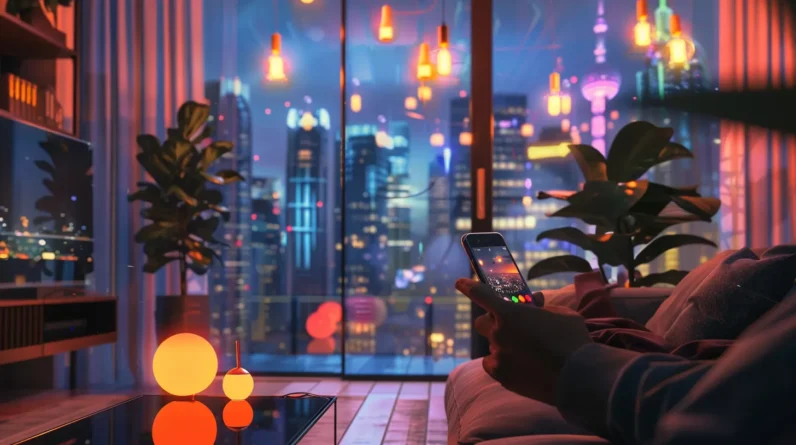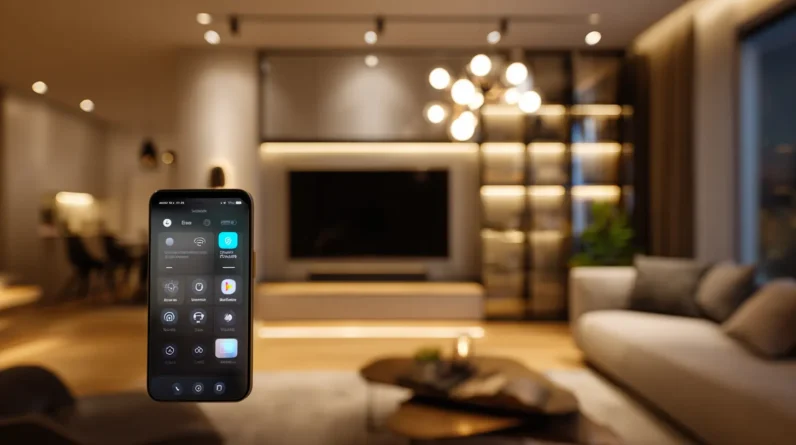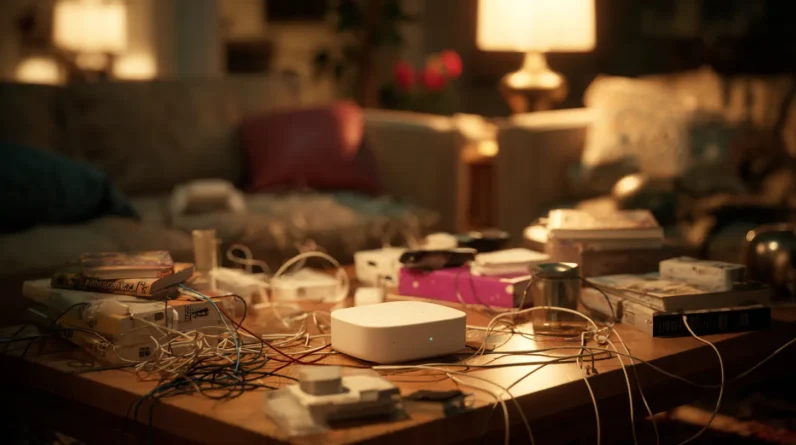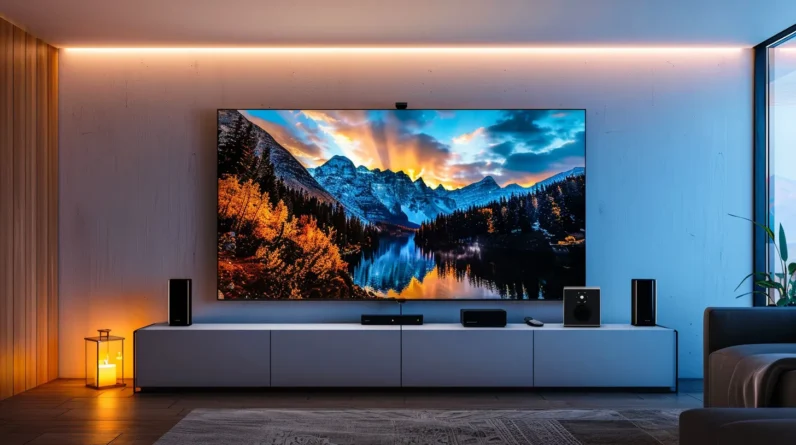
We’re about to take our smart lighting to the next level by setting up and managing scenes that enhance our daily lives. To get started, we choose devices that support our desired ambiance, considering factors like color gamut and dimming protocols. Next, we create new scenes in our smart lighting app, assigning devices, adjusting brightness and color, and setting schedules or triggers.
We can customize each scene’s settings, from brightness levels to fade-in times, and even control them remotely using our smartphones or voice assistants. Now that we’ve begun, let’s see how we can fine-tune our scenes to perfectly match our moods and activities.
Understanding Smart Lighting Scenes
We define smart lighting scenes as customized lighting settings that combine specific brightness levels, colors, and lighting effects to create a desired ambiance or atmosphere in a particular space or area. These scenes allow us to tailor the lighting to our needs, whether it’s a relaxing evening, a productive morning, or an energizing workout session. We can create scenes that simulate daylight, moonlight, or even a cozy campfire. By adjusting the lighting parameters, we can evoke emotions, enhance focus, or simply create a sense of comfort.
With smart lighting scenes, we’re not limited to a single lighting setup; we can switch between multiple scenes to suit our changing moods and activities.
Choosing the Right Devices
When setting up smart lighting scenes, you need devices that can support the desired brightness, color, and effects, so it’s essential to choose bulbs, hubs, and controllers that can deliver the required performance and functionality. We must consider factors like color temperature, lumens, and dimming capabilities to guarantee seamless integration.
Here are three key considerations when selecting devices:
1. Color Gamut: Choose bulbs that can produce a wide range of colors to achieve the desired ambiance.
2. Dimming Protocols: Assure hubs and controllers support the same dimming protocols as the bulbs to maintain consistent brightness.
3. Wireless Connectivity: Opt for devices with reliable wireless connectivity to prevent signal drops and interference.
Setting Up Your Scenes
Now that we’ve selected the right devices, let’s immerse ourselves in setting up our smart lighting scenes. We’ll start by opening our smart lighting app and creating a new scene. We’ll give it a name, like “Relaxing Evening,” and assign the devices we want to control. Next, we’ll adjust the brightness and color of each device to achieve the desired ambiance. We can also set the scene to activate at a specific time or when we leave/enter a room.
We’ll repeat this process for each scene we want to create, such as “Morning Wake-Up” or “Movie Night.” With our scenes set up, we can easily switch between them using our app or voice assistant, creating a seamless and automated lighting experience.
Customizing Scene Settings
Fine-tuning our smart lighting scenes involves delving deeper into the settings to personalize them to our unique preferences. We can adjust the brightness, color, and duration of each scene to create the perfect ambiance for our daily routines.
For example, we can adjust the scene’s fade-in and fade-out times to ensure a smooth shift. Here are three key aspects to take into account when customizing our scene settings:
1. Dimming levels: We can set specific brightness levels for each light source to achieve the desired impact.
2. Color temperatures: We can choose from a variety of color temperatures, from cozy whites to refreshing blues, to match our mood or task.
3. Scene duration: We can set the scene to run for a specific period, guaranteeing our lighting adjusts to our changing needs throughout the day.
Managing Scenes Remotely
We can take our smart lighting scenes to the next level by controlling them remotely, ensuring our preferred ambiance is always within reach, whether we’re in another room or away from home. To do this, we’ll need to set up remote access to our smart lighting system. This typically involves downloading a mobile app, creating an account, and linking our system to the app. Once connected, we can access our scenes from anywhere, using our smartphones or tablets as remote controls.
We can also use voice assistants like Alexa or Google Assistant to control our scenes with voice commands. With remote access, we can turn lights on and off, adjust brightness, and switch between scenes, all from the palm of our hand.
Conclusion
As we master the art of smart lighting scenes, our homes transform into harmonious havens where ambiance and convenience converge. Like a conductor leading an orchestra, we orchestrate the perfect blend of brightness and tone, effortlessly switching between relaxation and productivity modes.
With every scene, we weave a tapestry of comfort and control, illuminating the path to a smarter, more intuitive living space.







